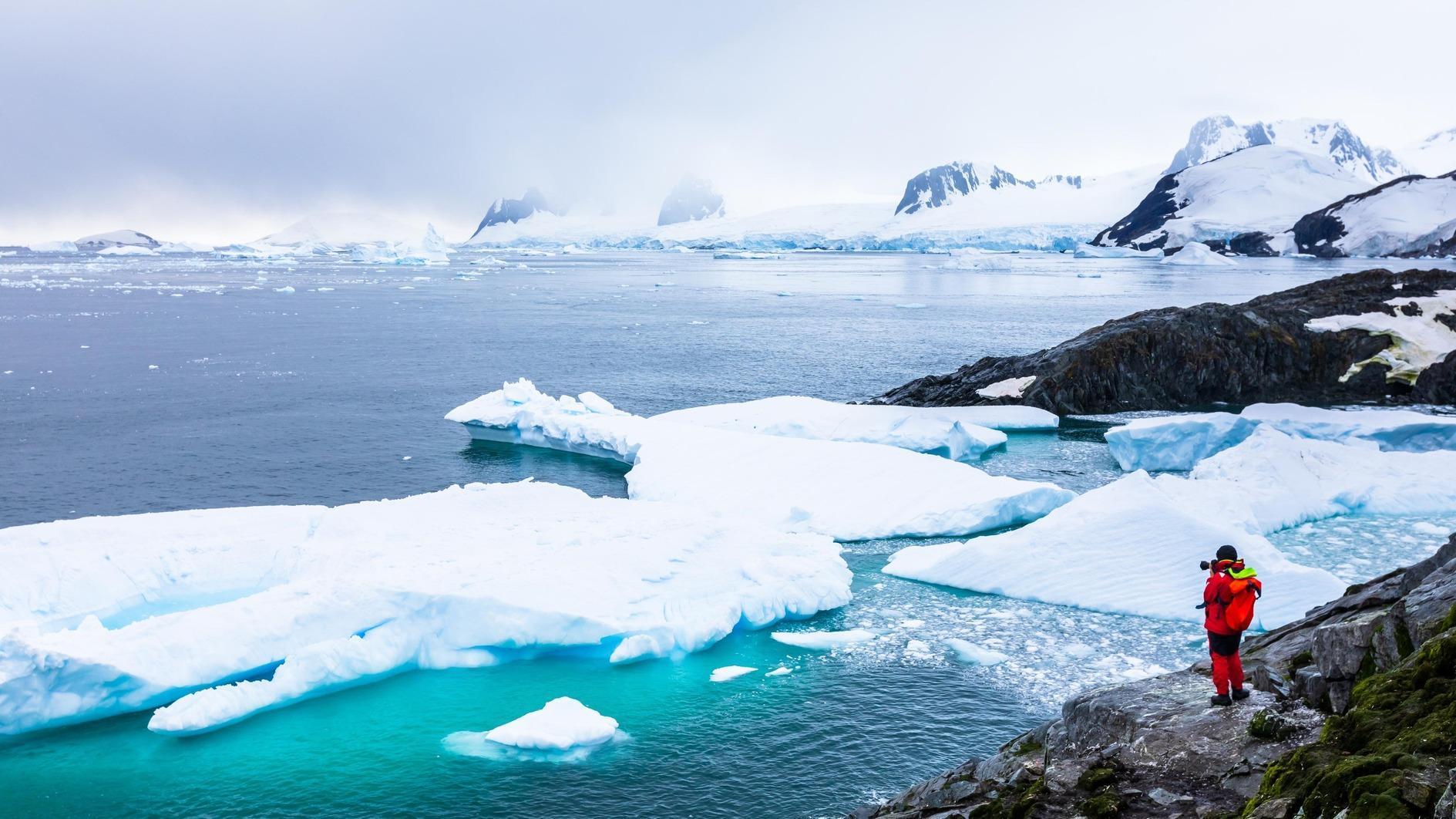
Antarctica has lost ice equaling the size of Türkiye in the last three years, according to a study by Türkiye's top scientific council's team that conducted research as part of its eighth Antarctic expedition.
Important parameters such as atmospheric water vapor, sea, ice and snow levels were monitored with fixed GNSS stations located on Horseshoe Island, where Türkiye's scientific research camp is located.
Scientists determined that changes in the amount of water vapor in particular have increased due to global climate change.
"In fact, this issue is frequently reflected in the news, often we hear large ice masses detach from glaciers, calving into the ocean and melting. At 68 south latitude, of course, we have glacier areas. We can detect the retreats and differences in the glacier on a yearly basis with our equipment, drone shots of our glacier areas every year, as well as the GNSS stations we set up,” said Professor Dr. Burcu Özsoy, the director of the Polar Research Institute of the Scientific and Technological Research Council of Türkiye (TÜBİTAK) and the coordinator of the eighth National Antarctic Scientific Expedition.
"There is serious glacial ice loss as a result of climate changes. If we proportion the amounts we have measured in the last three years to the whole of Antarctica, we can say that an ice loss the size of Türkiye has occurred in the last three years,” she added.
At the same time, using unmanned aerial vehicle (UAV) and satellite-based surveying methods, a significant amount of melting was observed in snow/glacier areas.
According to the first results of the project, in which snow and glacier areas were monitored by UAV imaging, there was an average decrease of 7 cubic meters in approximately 100 square meters of snow and glacier areas between 2022 and 2023.
The research also said that there was a similar loss of approximately 11 percent on an area basis and that significant melting occurred in snow and glacier areas in just one year. As a result of this melting, various glacier crevasses and puddles formed, it noted.
The team consisting of a 20-member scientific delegation and three high school students started its journey last month to Antarctica to conduct 22 scientific studies.
Three high school students gained the right to join the team after they won a competition in the country’s technology event, Teknofest, last year, Özsoy said.
The team included a total of four international researchers, two from Spain, and one each from the U.S. and Bulgaria.